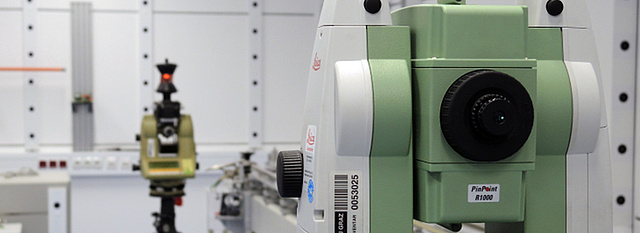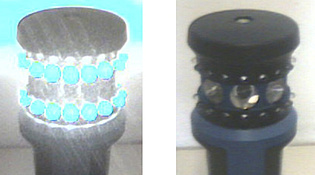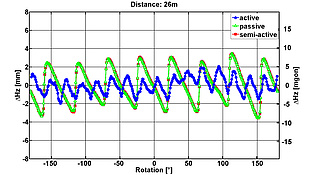Related publications
Lackner S, Lienhart W (2016) Impact of Prism Type and Prism Orientation on the Accuracy of Automated Total Station Measurements, Proc. Joint International Symposium on Deformation Monitoring (JISDM), Vienna, Austria: 8p. PDF
Lienhart W (2017) Geotechnical monitoring using total stations and laser scanners: critical aspects and solutions, Journal of Civil Structural Health Monitoring, 7(3): 315-324, doi 10.1007/s13349-017-0228-5 PDF


